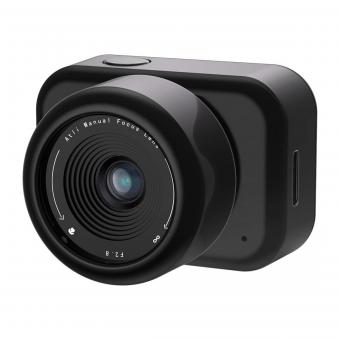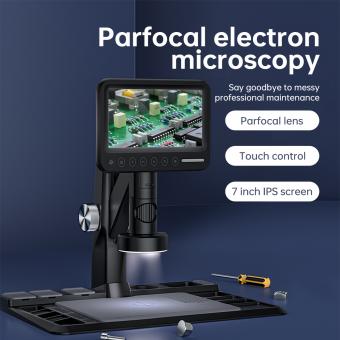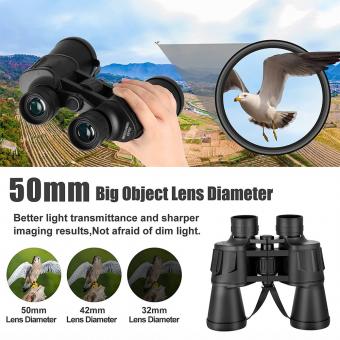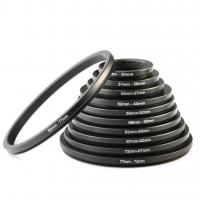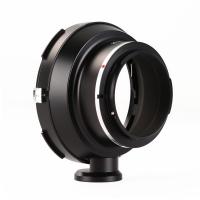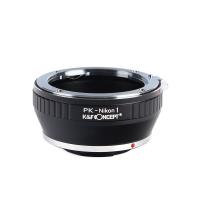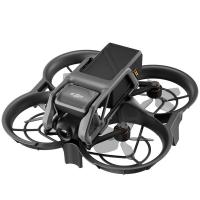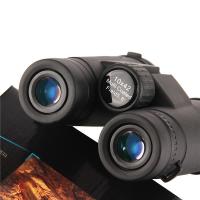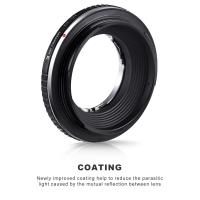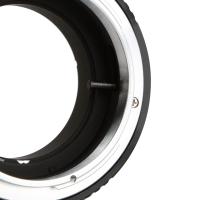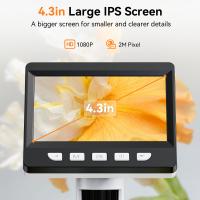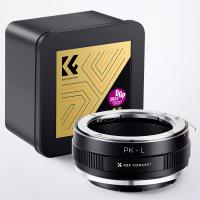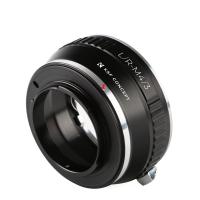How Expensive Is A Light Microscope ?
The cost of a light microscope can vary depending on the brand, model, and specifications. Entry-level light microscopes suitable for basic educational or hobby use can be relatively affordable, ranging from around $100 to $500. However, more advanced models with higher magnification, better optics, and additional features can be significantly more expensive. These professional-grade microscopes can range from a few thousand dollars to tens of thousands of dollars. Additionally, specialized microscopes used for specific applications, such as fluorescence microscopy or confocal microscopy, can be even more expensive, often costing tens or hundreds of thousands of dollars. It is important to note that these price ranges are approximate and can vary based on various factors, including the supplier, country, and any additional accessories or attachments included with the microscope.
1、 Cost of light microscope models for various applications.
The cost of a light microscope can vary depending on the model and its intended application. Light microscopes are widely used in various fields such as biology, medicine, research, and education. The price range for light microscopes can be quite broad, ranging from a few hundred dollars to several thousand dollars.
Basic light microscopes, often used in educational settings or for simple observations, can be relatively affordable. These entry-level models typically have lower magnification capabilities and fewer advanced features. They can cost anywhere from $100 to $500.
On the other hand, more advanced light microscopes with higher magnification, better optics, and additional features can be significantly more expensive. These models are commonly used in research laboratories and medical facilities. The price for these microscopes can range from $1,000 to $10,000 or more, depending on the specific requirements and specifications.
It is important to note that the cost of a light microscope is not solely determined by its magnification or resolution capabilities. Factors such as brand reputation, build quality, and additional accessories can also influence the price. Additionally, the latest advancements in technology, such as digital imaging capabilities or fluorescence microscopy, can contribute to higher costs.
It is always recommended to consider the specific needs and budget constraints when purchasing a light microscope. Consulting with experts or suppliers in the field can provide valuable insights into the most suitable options for a particular application.

2、 Factors influencing the price of a light microscope.
Factors influencing the price of a light microscope can vary depending on several key factors. Firstly, the quality and specifications of the microscope play a significant role in determining its price. Higher-quality microscopes with advanced features and better optics tend to be more expensive. These microscopes often offer higher magnification, better resolution, and improved image clarity, which are essential for scientific research and professional use.
Another factor that influences the price is the brand reputation. Well-established and reputable brands often charge a premium for their microscopes due to their track record of producing reliable and high-performance instruments. However, it is worth noting that there are also lesser-known brands that offer good quality microscopes at a more affordable price.
The type of microscope also affects its price. There are various types of light microscopes, such as compound microscopes, stereo microscopes, and digital microscopes. Each type has its own set of features and applications, and the price can vary accordingly. For example, compound microscopes, which are commonly used in laboratories for observing small specimens, tend to be more expensive than stereo microscopes, which are often used for larger objects.
Additionally, the level of customization and accessories can impact the price. Some microscopes offer the option to add accessories like cameras, specialized lenses, or additional lighting systems, which can increase the overall cost. The availability of technical support and warranty services can also influence the price, as reputable manufacturers often provide better customer support and longer warranty periods.
Lastly, market demand and competition can affect the price of light microscopes. In a competitive market, manufacturers may adjust their prices to attract customers or differentiate their products from competitors. Additionally, advancements in technology and manufacturing processes can lead to cost reductions, making microscopes more affordable over time.
In conclusion, the price of a light microscope can vary depending on factors such as quality, brand reputation, type, customization options, and market dynamics. It is important to consider these factors and assess the specific requirements before making a purchase.

3、 Price range for entry-level light microscopes.
The price of a light microscope can vary depending on various factors such as the brand, model, specifications, and additional features. However, as of the latest information available, the price range for entry-level light microscopes typically falls between $100 to $500.
At the lower end of the price range, you can find basic light microscopes suitable for educational purposes or hobbyists. These microscopes usually have lower magnification capabilities and may lack advanced features such as digital imaging or built-in lighting systems. They are often made of plastic components and may not offer the same level of durability or optical quality as higher-end models. However, they can still provide a decent level of functionality for general observation and basic experiments.
On the higher end of the price range, you can find entry-level light microscopes with better optics, higher magnification capabilities, and additional features. These microscopes are often made of more durable materials, such as metal, and may offer better image quality and resolution. They may also include features like LED illumination, digital imaging capabilities, and compatibility with accessories such as smartphone adapters or computer connectivity.
It is important to note that the prices mentioned here are approximate and can vary depending on the specific model and where you purchase the microscope. Additionally, advancements in technology and changes in market conditions can influence the price range over time. Therefore, it is always recommended to check with reputable microscope suppliers or retailers for the most up-to-date pricing information.
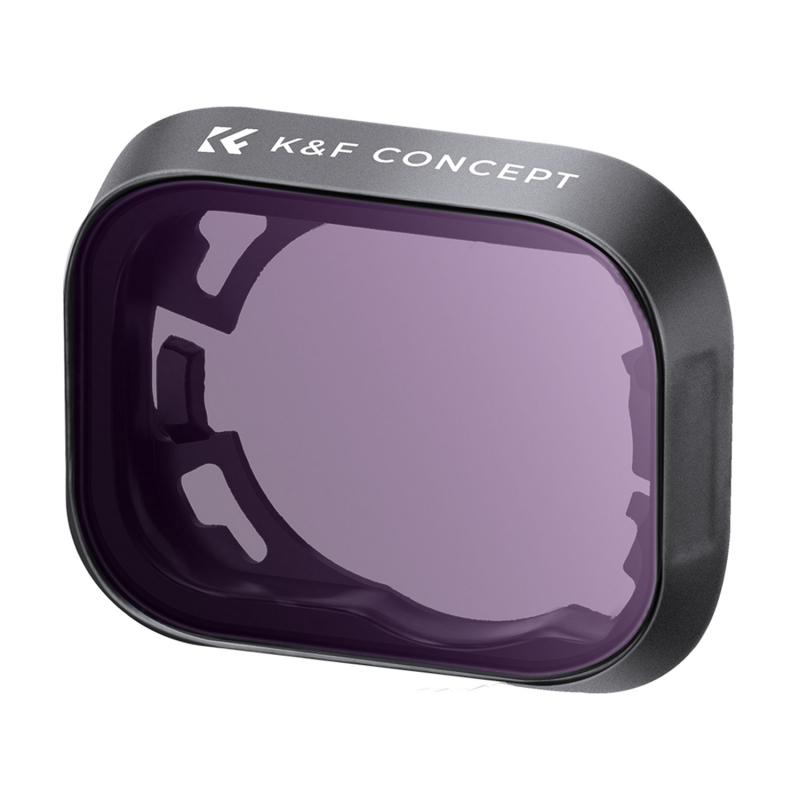
4、 High-end light microscopes and their associated costs.
High-end light microscopes and their associated costs can vary significantly depending on the specific model and features required. Light microscopes are essential tools in various scientific fields, including biology, medicine, and materials science. They allow researchers to observe and analyze samples at the cellular and molecular level.
The cost of a light microscope can range from a few hundred dollars for basic models to several hundred thousand dollars for advanced research-grade microscopes. Entry-level microscopes suitable for educational purposes or basic laboratory work can be relatively affordable, typically priced between $200 and $500. These microscopes often have limited magnification and resolution capabilities.
On the other hand, high-end light microscopes designed for advanced research applications can be significantly more expensive. These microscopes offer a wide range of features, such as high-resolution imaging, advanced optics, motorized stages, and specialized imaging techniques like fluorescence or confocal microscopy. The cost of such microscopes can range from tens of thousands to hundreds of thousands of dollars.
It is important to note that the latest advancements in microscopy technology, such as super-resolution microscopy or multiphoton microscopy, can significantly increase the cost of a light microscope. These cutting-edge techniques allow researchers to visualize structures and processes at an unprecedented level of detail but often come with a higher price tag.
Additionally, the cost of accessories and additional components, such as specialized objectives, cameras, or software, should also be considered when estimating the total cost of a light microscope.
Overall, the cost of a light microscope can vary greatly depending on the specific requirements and applications. Researchers and institutions should carefully evaluate their needs and budget constraints before investing in a high-end microscope.



